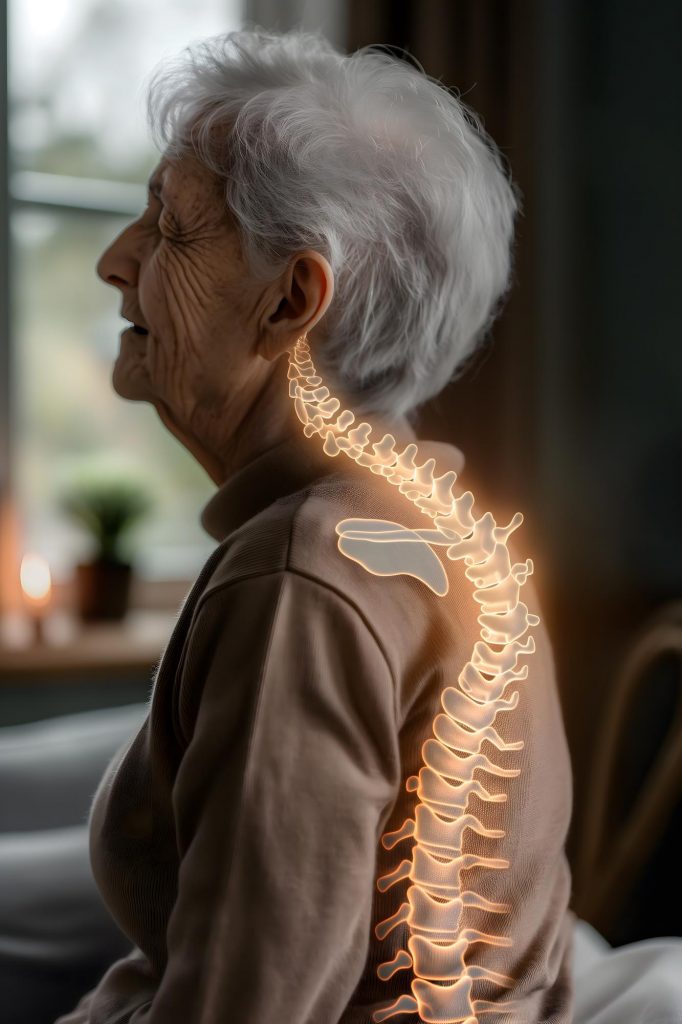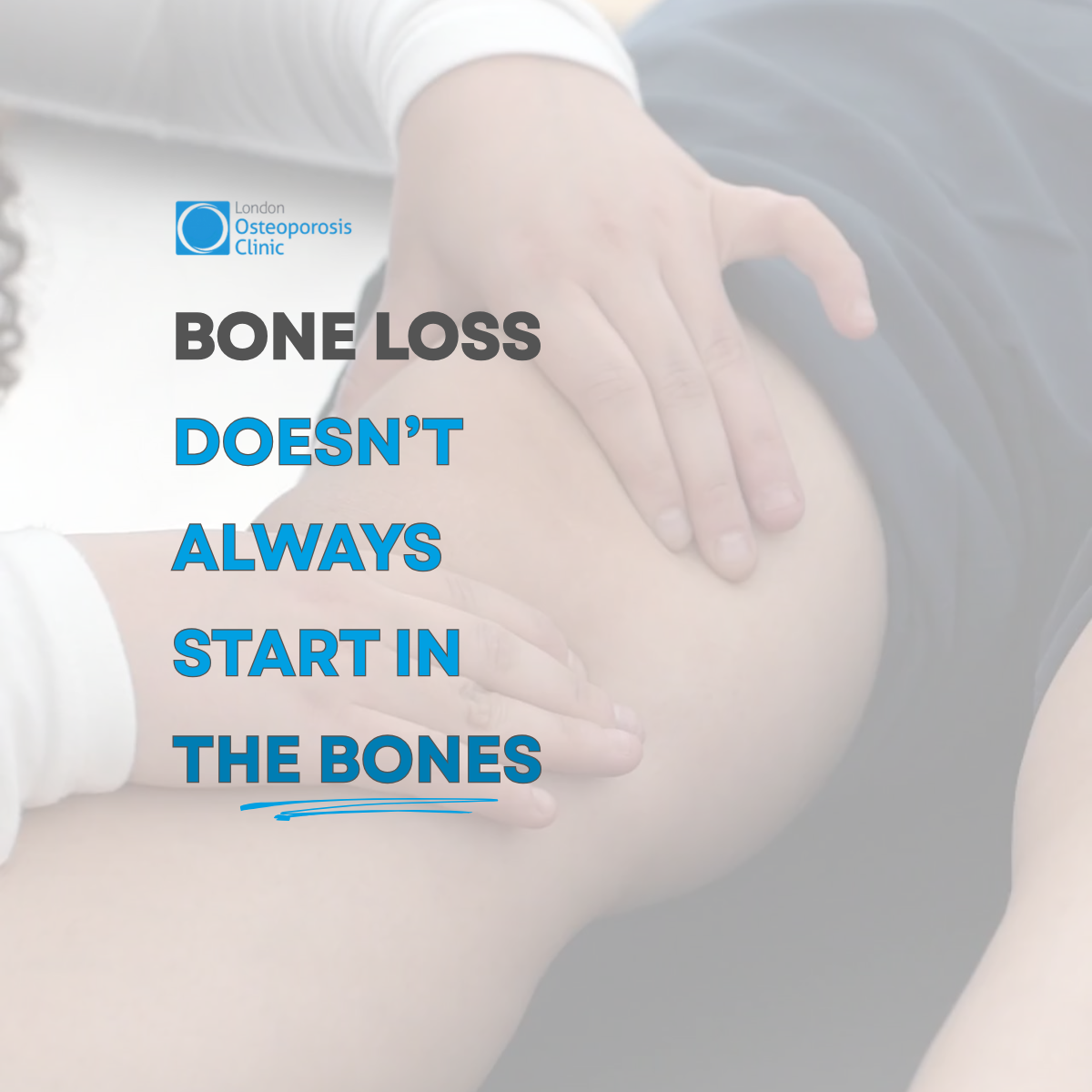Introduction:
We all know that our lifestyle choices have a profound impact on our overall health. But did you know that some daily habits have a direct and devastating effect on your bone health? At the London Osteoporosis Clinic, we often see patients whose bone density has been significantly compromised by factors they may not have considered. This article will dive deep into the silent, bone-stealing effects of alcohol, smoking, and a sedentary lifestyle, focusing specifically on the crucial connection between lifestyle and bone loss. We will explain what you can do to protect yourself and take back control of your skeletal health.
1. The Impact of Alcohol on Bone Density
Excessive alcohol consumption is a well-documented risk factor for osteoporosis and fractures. While the occasional glass of wine may not be a concern, chronic heavy drinking can disrupt the body’s ability to build and maintain healthy bones.
- Nutrient Malabsorption: Alcohol interferes with the absorption of essential bone-building nutrients like calcium and vitamin D. This means that even if you’re eating a diet rich in these minerals, your body may not be able to use them effectively.
- Hormonal Imbalance: Heavy drinking can disrupt hormone levels, including those of cortisol, estrogen, and testosterone. Cortisol, in particular, can increase bone breakdown, while reduced estrogen and testosterone can slow bone formation.
- Increased Fall Risk: Alcohol consumption can impair balance and coordination, significantly increasing the risk of falls and subsequent fractures, especially in individuals with already weakened bones.
2. The Link Between Smoking and Bone Loss

Smoking is a major contributor to bone loss. The chemicals in tobacco smoke have a direct toxic effect on osteoblasts—the cells responsible for forming new bone.
- Reduced Blood Supply: Smoking constricts blood vessels, reducing blood flow to the bones. This deprives bone cells of the oxygen and nutrients they need to function properly.
- Hormonal Disruption: Similar to alcohol, smoking lowers estrogen levels in women, a key hormone for bone protection. It can also lead to earlier menopause, further accelerating bone loss.
- Toxic Effects: The nicotine and other toxins in cigarettes directly damage bone tissue, weakening the skeletal structure over time. Smoking is also known to interfere with the absorption of dietary calcium.
3. The Dangers of a Sedentary Lifestyle
Your bones are living tissue that respond to stress and activity. When you’re physically active, your bones become stronger and denser. A sedentary lifestyle, characterized by long periods of sitting and a lack of physical activity, does the exact opposite.
- Lack of Mechanical Loading: Bones need to be “loaded” with weight and force to stimulate bone growth. Without this mechanical stress, the body doesn’t receive the signal to create new bone mass. This is why weight-bearing exercises are crucial for maintaining bone density.
- Muscle Atrophy: Sedentariness leads to a loss of muscle mass, which is directly linked to bone strength. Strong muscles support a strong skeleton.
- Poor Circulation: Lack of movement can lead to poor circulation, which hinders the delivery of essential nutrients to the bones.
Actionable Steps to Protect Your Bones
The good news is that you have the power to change these habits and improve your bone health.
- Reduce Alcohol Intake: Limit alcohol to moderate levels (e.g., no more than one drink per day for women and two for men) or abstain completely.
- Quit Smoking: Quitting smoking is one of the most impactful things you can do for your overall health, including your bones. We can provide resources to help you on this journey.
- Get Moving: Incorporate regular physical activity into your routine. Focus on weight-bearing exercises like walking, jogging, hiking, and strength training. Even small changes, like taking the stairs instead of the elevator, can make a difference.
Frequently Asked Questions
Q: Can I reverse the damage caused by these habits? A: While some damage may not be fully reversible, stopping these habits can significantly slow down bone loss and, with the right treatment and lifestyle changes, you can work to improve bone density and reduce fracture risk.
Q: What is a weight-bearing exercise? A: A weight-bearing exercise is any activity where you are on your feet and your bones and muscles are working against gravity. Examples include walking, running, dancing, and strength training.
Q: How do I know if I’m at risk for osteoporosis? A: The best way to know is through a comprehensive bone health assessment, including a bone density scan. We recommend a consultation if you have any of the risk factors mentioned above.
Conclusion:
Your bones are the foundation of your body. Protecting them is essential for maintaining your independence and quality of life as you age. By making conscious decisions to reduce alcohol consumption, quit smoking, and embrace a more active lifestyle, you can take control of your bone health. If you are concerned about your bone density, don’t wait. Schedule a consultation with the experts at the London Osteoporosis Clinic to create a personalized plan to protect your bones.
CTA: Call us today to book your bone health assessment.
Clinic Information: Phone: +44 (0)20 7193 7867 Email: [email protected]
Address: London Osteoporosis Clinic, HCA the Shard, 32 St Thomas Street, London SE1 9BS
Remote consultations are available. Contact us to learn more.


